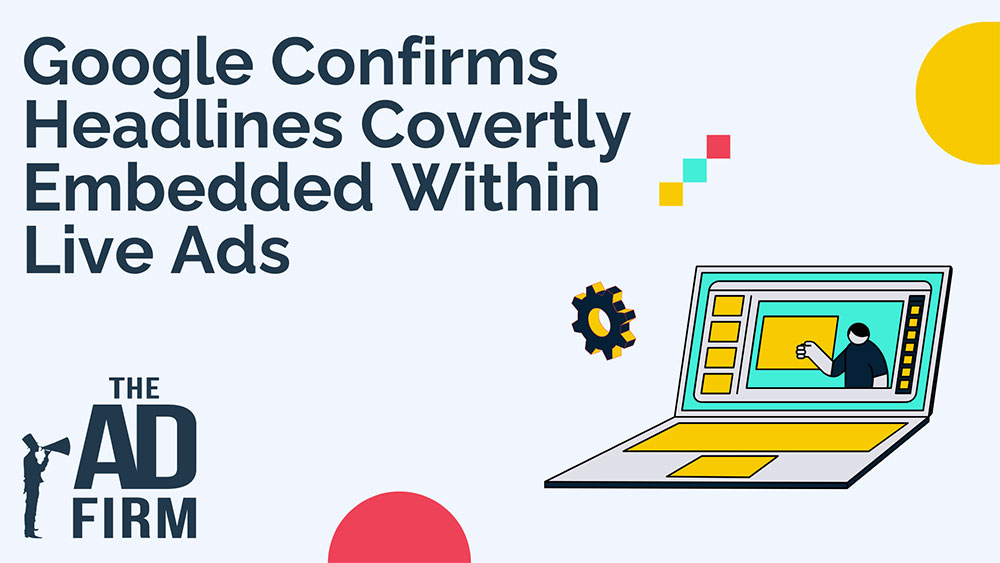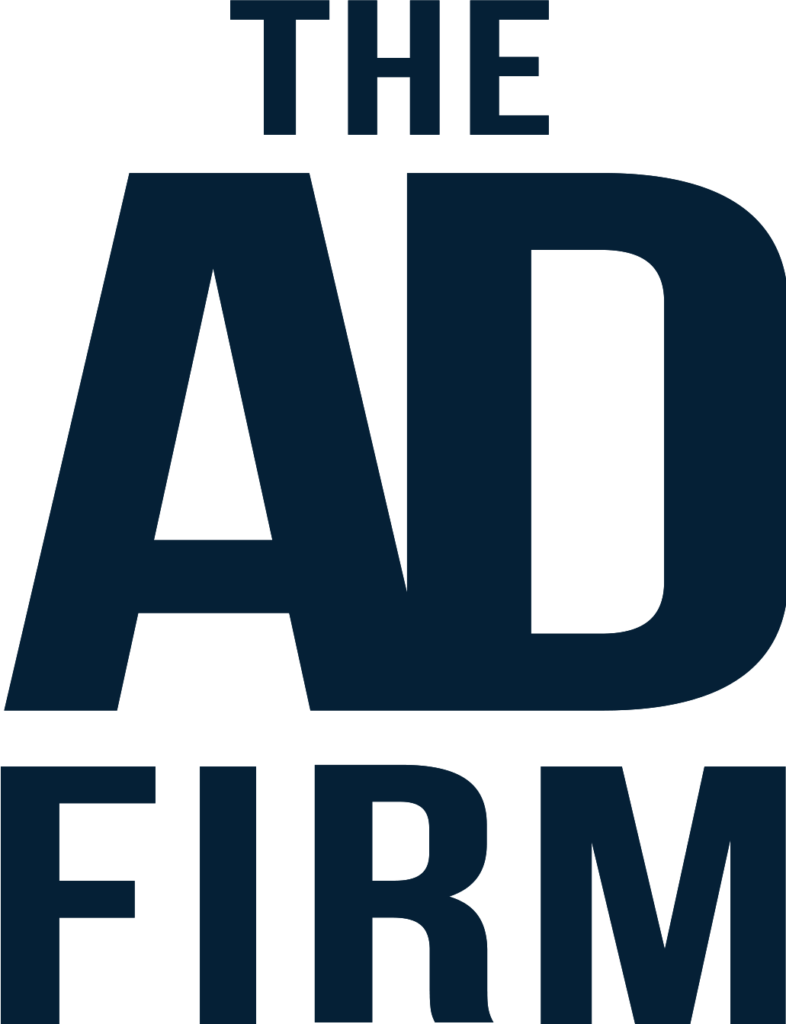In a recent revelation that has sent shockwaves through the digital advertising landscape, Google has confirmed the existence of covertly embedded headlines within live ads. This groundbreaking development raises critical questions about the transparency of online advertising and its implications for both advertisers and consumers.
The discovery of hidden headlines within live ads came to light when vigilant users noticed unusual behavior in certain Google ads. These headlines, seemingly concealed within the ad content, were not visible to the naked eye. Instead, they were strategically embedded within the ad’s code, allowing Google to dynamically showcase different headlines to different users.
Google’s Response
In response to growing concerns and user inquiries, Google has officially acknowledged the practice of covertly embedding headlines within live ads. The tech giant clarified that this technique is part of an ongoing experiment aimed at enhancing ad performance and user engagement.
According to Google, the dynamic display of headlines is an attempt to personalize ad content based on user preferences and behavior. Such developments underline the importance of staying informed and leveraging the services of a knowledgeable digital marketing services provider.
The Mechanics Behind the Technique
Delving into the intricacies of the covert headline embedding technique employed by Google reveals a complex web of algorithms and machine-learning processes designed to enhance user engagement and advertising effectiveness.
Advanced Machine Learning Algorithm
At the core of this mechanism is Google’s advanced machine learning algorithm, a sophisticated system that constantly evolves based on vast datasets and user interactions. This algorithm serves as the digital brain, tirelessly analyzing user behavior, demographics, and online activities to gain profound insights into individual preferences and tendencies.
User Behavior as a Cornerstone
User behavior is a cornerstone of this algorithmic approach. Google’s machine learning algorithms meticulously scrutinize how users interact with online content, tracking the websites they visit, the duration of their visits, and the specific actions they take. By deciphering these patterns, the algorithm builds a comprehensive profile of each user, creating a nuanced understanding of their preferences and interests.
Demographic Information’s Role
Demographic information adds another layer to the algorithm’s analytical prowess. Parameters such as age, gender, location, and other relevant demographic data contribute to shaping a more holistic view of the user base. This demographic insight allows the algorithm to tailor its content recommendations, including dynamically generated headlines, to align with the diverse preferences of different user segments.
Real-Time Adaptation
The real-time nature of this process is a key distinguishing factor. Unlike traditional static ads, where the content remains fixed, Google’s algorithm dynamically generates headlines on the fly. This dynamic adaptation occurs based on the user’s current online behavior, ensuring that the displayed headline is not only relevant but also optimized for maximum impact.
Maximizing User Engagement
The overarching goal of this algorithmic approach is to maximize the likelihood of user engagement, click-throughs, and conversions. By tailoring headlines to align with specific user profiles, Google aims to capture and retain user attention in an increasingly competitive online advertising landscape. This personalized approach is intended to create a more immersive and relevant advertising experience for users, fostering a higher probability of interaction with the displayed content.
Balancing Personalization and Privacy
However, the challenge lies in finding the delicate balance between personalization and user privacy. While the algorithm optimizes content delivery, the covert nature of dynamically embedded headlines raises ethical concerns about transparency and user consent. Striking the right balance between delivering tailored content and respecting user privacy remains an ongoing challenge for digital platforms, with Google’s algorithmic prowess at the forefront of this evolving conversation.
As the digital advertising landscape continues to evolve, the industry faces the imperative to prioritize transparency and user trust while harnessing the power of advanced algorithms to create more effective and personalized advertising experiences.
Implications for Advertisers
For advertisers, this revelation raises questions about the true nature of their ad campaigns. The ability of Google’s algorithm to alter headlines on the fly means that advertisers may not have full control over the messaging users see. While the intention is to optimize performance, advertisers may find themselves grappling with a lack of transparency and a potential impact on brand messaging. Engaging with a trusted digital marketing company becomes crucial in navigating these challenges and ensuring a cohesive brand narrative.
Google’s Algorithm and Advertisers
The dynamic headline embedding technique employed by Google introduces a layer of uncertainty for advertisers. Traditionally accustomed to having full control over the content and messaging within their ads, advertisers now face a paradigm shift. The algorithm’s capability to modify headlines in real time challenges the conventional notion of a static, meticulously crafted ad campaign.
Potential Impact on Brand Messaging
At the heart of advertisers’ concerns lies the potential impact on brand messaging. Advertisers invest significant time and resources in developing carefully curated headlines that align with their brand identity and communication strategy. The unpredictability introduced by Google’s algorithm raises questions about whether these meticulously crafted messages are susceptible to alteration, dilution, or misrepresentation.
Lack of Transparency: A Cause for Concern
The lack of explicit communication about this dynamic headline embedding feature during the ad creation process exacerbates concerns among marketers. Without a clear understanding of how the algorithm may influence their ad content, advertisers are left in the dark about the true dynamics of their campaigns. This lack of transparency challenges the principles of informed decision-making and strategic planning that advertisers rely on to execute effective campaigns.
Struggle for Consistency and Control
For advertisers who prioritize consistency and controlled messaging, the prospect of relinquishing control to an algorithm raises valid concerns. The absence of a transparent dialogue between Google and advertisers about the algorithm’s influence leaves marketers grappling with questions about how to maintain a cohesive brand narrative and ensure that the intended message resonates with their target audience.
Balancing Optimization and Brand Integrity
While Google’s intention is to optimize ad performance through personalized content, advertisers face the delicate task of balancing optimization with brand integrity. The concern is not merely about performance metrics but extends to the fundamental relationship between a brand and its audience. Advertisers must now navigate the terrain of algorithmic influence while safeguarding the essence of their brand messaging.
A Call for Clarity and Collaboration
In light of these implications, advertisers are calling for greater clarity and collaboration with Google. Establishing open lines of communication that demystify the algorithm’s impact on ad content is crucial. Advertisers seek reassurance that their campaigns remain aligned with their strategic vision, and they deserve insights that empower them to make informed decisions about their advertising strategies.
The implications for advertisers in the realm of dynamic headline embedding underscore the evolving landscape of digital advertising. Navigating this landscape requires a delicate balance between embracing optimization opportunities and safeguarding the core principles of brand communication.
As the industry moves forward, transparent collaboration between advertisers and platforms like Google will be essential in fostering a trustworthy and mutually beneficial advertising ecosystem.
User Experience and Privacy Concerns
From a user perspective, the covert embedding of headlines within live ads raises privacy concerns. Users may feel uneasy knowing that the ads they see are dynamically altered based on their online behavior. While personalization is a key element of online advertising, the covert nature of this practice has the potential to erode trust between users and the platform.
Uneasiness and Privacy Apprehensions
For users, the realization that the ads they encounter are subject to dynamic alterations based on their online behavior introduces a layer of uneasiness. The personalized nature of online advertising is intended to enhance user experience, but the covert embedding of headlines may leave users feeling vulnerable about the extent to which their online activities shape the content presented to them.
Trust Erosion: A Critical Challenge
The potential erosion of trust between users and the advertising platform is a critical concern. Trust forms the bedrock of user engagement, and any perception of covert manipulation can undermine the trust that users place in digital platforms. As users become more discerning about their online interactions, maintaining transparency in advertising practices is paramount to sustaining a positive user experience.
Ethical Implications and Informed Consent
Users may also raise questions about the ethical implications of dynamically generated headlines influencing their perceptions and decisions without explicit consent. The covert nature of the practice may lead users to wonder whether they are unwittingly being nudged towards certain choices or opinions. Striking a balance between delivering personalized content and respecting user autonomy through informed consent becomes crucial in addressing these ethical concerns.
Personalization vs. Privacy
In the age of data-driven advertising, digital platforms face a formidable challenge in striking the right balance between personalization and privacy. While users value personalized content that aligns with their interests, the covert nature of dynamic headline embedding may tip the scales in favor of personalization at the expense of user privacy.
Finding the delicate equilibrium that respects user boundaries without compromising the effectiveness of personalized advertising is an ongoing challenge for the digital advertising industry.
Transparency and User Empowerment
As digital platforms navigate these concerns, the onus is on them to shape a future where transparency and user empowerment take precedence. Providing users with clear insights into how their data influences ad personalization and seeking explicit consent for dynamic alterations can contribute to a more ethical and trust-centric advertising ecosystem.
Addressing user experience and privacy concerns in the context of dynamic headline embedding requires a thoughtful approach. Digital platforms must recognize the importance of transparency, user empowerment, and ethical advertising practices to build and maintain the trust of users in an evolving landscape of data-driven advertising.
Transparency and Accountability
As the industry grapples with the implications of Google’s dynamic headline embedding, the call for increased transparency and accountability becomes louder. Advertisers and users alike are demanding clearer communication about the mechanisms behind ad personalization.
Google, as a leading player in the digital advertising space, has a responsibility to provide advertisers with more control and users with a better understanding of how their data is used.
Demands for Clarity:
In the wake of Google’s confirmation of covert headline embedding, the industry is at a crossroads, intensifying its scrutiny of advertising practices. The demand for transparency is not merely a buzzword; it’s a rallying cry from advertisers and users seeking to understand the intricacies of how their data influences the advertisements they encounter.
The Need for Clear Communication:
Adopting a proactive approach, advertisers are increasingly vocal about the necessity for clearer communication. The dynamics of dynamic headline embedding need to be articulated explicitly during the ad creation process, allowing advertisers to comprehend how Google’s algorithms may impact the headlines they meticulously craft for their campaigns.
Google’s Role as a Digital Advertising Leader:
As a leading player in the digital advertising space, Google holds a pivotal position in steering industry practices. Acknowledging its influence, there is a growing expectation for Google to take the lead in establishing higher standards of transparency and accountability. The tech giant is urged to proactively engage with advertisers, providing them with the tools and insights necessary to navigate the nuances of dynamic headline embedding.
Advertiser Control:
Advertisers, in particular, seek greater control over the messaging conveyed through their ads. The covert nature of dynamically embedded headlines has raised concerns about whether the carefully crafted messages by advertisers are being compromised. Empowering advertisers with the ability to understand and influence the dynamics of ad personalization is essential for fostering a sense of control and trust in the digital advertising ecosystem.
User Understanding of Data Usage:
Simultaneously, users are clamoring for a better understanding of how their data is utilized to tailor advertising content. Google’s algorithms, while aimed at delivering a more personalized experience, need to be demystified for users. Clear and concise communication about the algorithms’ workings will contribute to informed user consent and potentially mitigate concerns about privacy and data usage.
For Google and other digital platforms, achieving the delicate balance between the need for personalized advertising and the demand for transparency is paramount. Striking this equilibrium requires ongoing collaboration with stakeholders, open dialogue, and a commitment to refining practices in response to evolving industry expectations.
The quest for transparency and accountability in the era of dynamic headline embedding is not just a challenge but an opportunity for the digital advertising industry to reshape its practices.
Google, as a major influencer, stands at the forefront of this transformation, with the responsibility to lead the way in fostering an environment where advertisers and users can confidently navigate the ever-evolving landscape of personalized online advertising.
The Evolution of Online Advertising
The revelation of Google’s covert headline embedding within live ads marks a significant moment in the evolution of online advertising. While the intention is to enhance personalization and improve ad performance, the lack of transparency raises concerns about user privacy and advertiser control.
In adapting to this evolving landscape, businesses can benefit from partnering with a forward-thinking digital marketing agency, ensuring they remain at the forefront of industry changes while prioritizing transparency and user trust.









